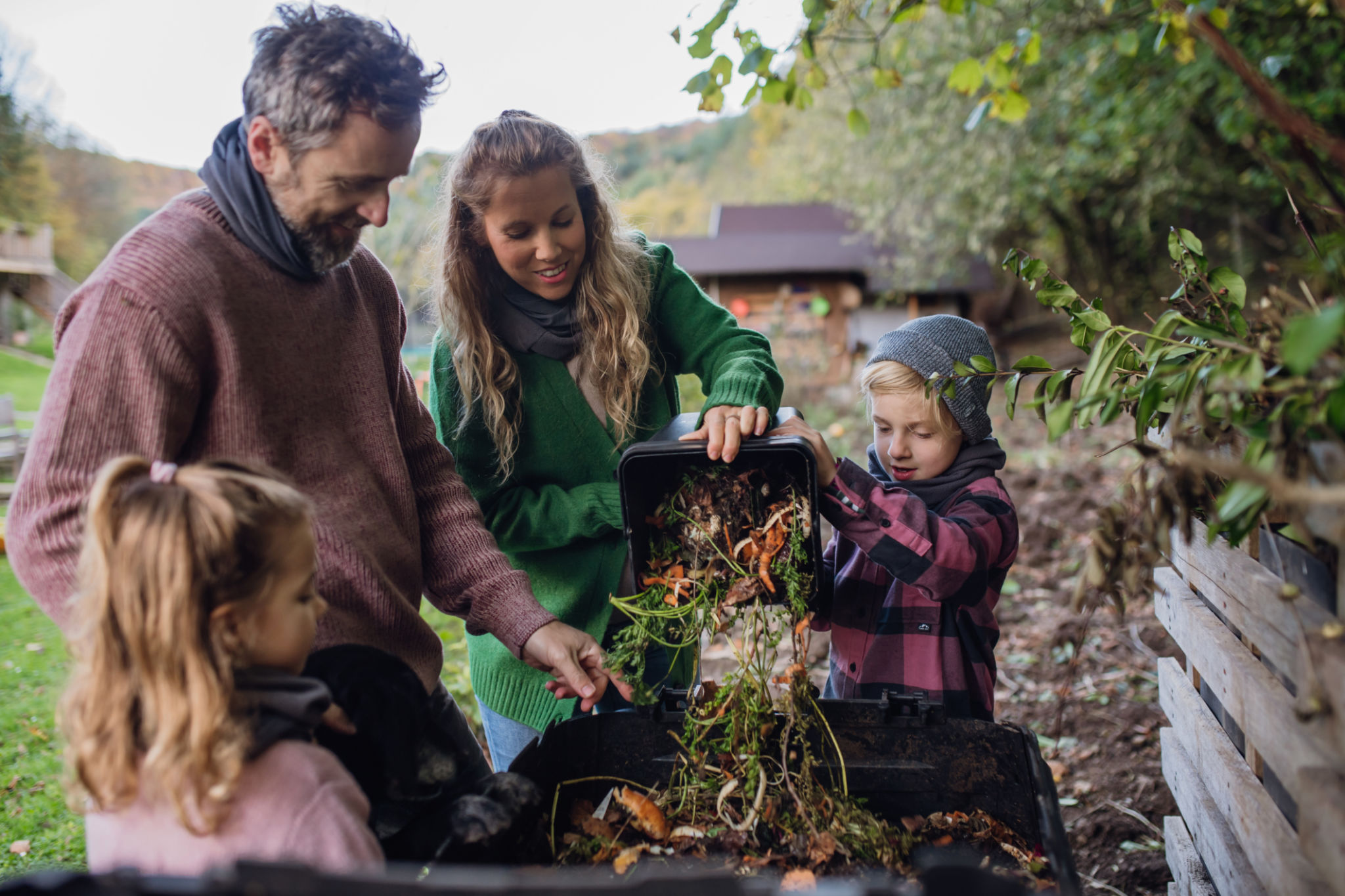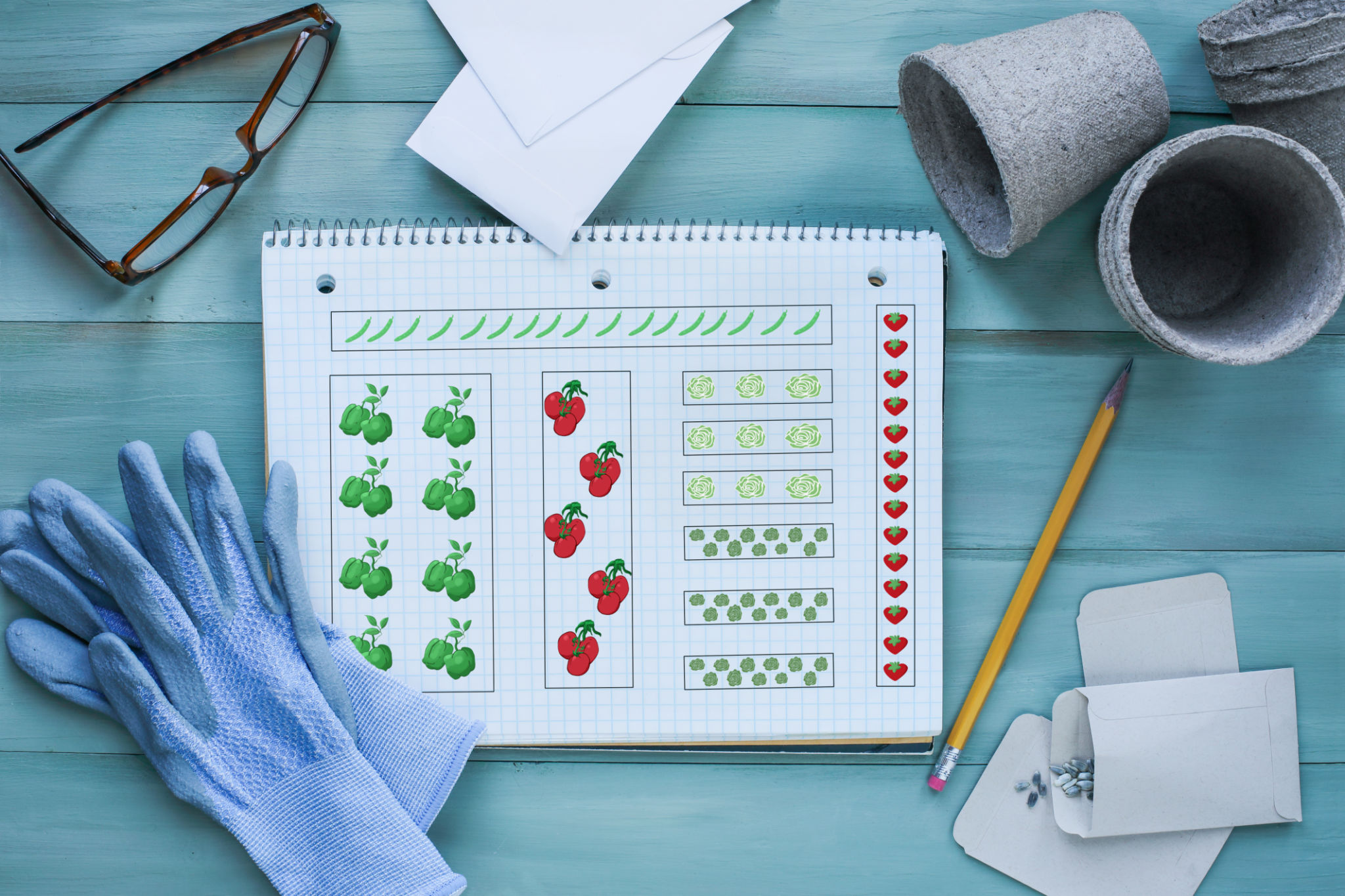Preparing Your Houston Garden for Winter: A Step-by-Step Guide
Understanding Houston's Climate
Gardening in Houston presents its unique challenges and opportunities due to the area's warm climate and occasional mild winters. Preparing your garden for the colder months doesn't require drastic measures, but taking certain steps can ensure your plants remain healthy and vibrant come spring. Understanding Houston's climate is the first step in preparing your garden for winter. While frost is rare, temperature fluctuations can still impact your plants.
Houston falls in USDA Hardiness Zones 8b and 9a, meaning that certain precautions are necessary to protect more sensitive species. Recognizing these zones helps in selecting the right plants and implementing effective winter care strategies.

Assessing Your Garden Needs
Before diving into winter prep, take a moment to assess your garden's current state. Begin by identifying which plants need extra protection. Tropical plants and young seedlings often require more care, while native plants are typically hardier and can withstand cooler temperatures.
Consider creating a detailed inventory of your plants. This inventory will help you determine which plants need to be relocated or covered, ensuring each receives appropriate attention. Additionally, check for any damaged or diseased plants that might need pruning before the onset of winter.

Soil Preparation
The foundation of any thriving garden is healthy soil. As you prepare for winter, focus on enriching the soil to support plant health throughout the colder months. Start by clearing away dead leaves and debris that could harbor pests or diseases.
Once you have a clean slate, consider adding a layer of organic compost or mulch. This layer not only enriches the soil with essential nutrients but also provides insulation to help regulate soil temperature during cold snaps. Mulching is particularly important in protecting the roots of perennial plants.

Protecting Sensitive Plants
Some plants may need extra care to survive Houston's winter. For potted plants, consider moving them indoors or to a sheltered location during cold spells. A garage or sunroom can provide the warmer environment they need.
For in-ground plants, covering them with frost cloths or burlap can offer additional protection. These covers trap heat and moisture, minimizing the risk of frost damage. Remember to remove covers during the day when temperatures rise to allow for sunlight and air circulation.
Watering Wisely
Adjust your watering routine as winter approaches. While Houston winters are not particularly harsh, it's essential to avoid overwatering, which can lead to root rot. Plants generally require less water during cooler months due to reduced evaporation and slower growth.
Water early in the day to allow moisture to be absorbed before temperatures drop at night. This practice helps prevent water from freezing around roots, which could potentially harm your plants.

Preparing Trees and Shrubs
Your trees and shrubs also benefit from some pre-winter care. Pruning is key—remove any dead or weak branches that could break under the weight of rain or ice. Pruning not only prevents damage but also encourages healthy growth in spring.
Consider applying a layer of mulch around the base of trees and shrubs to protect their roots from temperature swings. This simple step can make a significant difference in their overall health through winter.
Review and Plan for Spring
With your garden prepped for winter, take this opportunity to reflect on what worked well this year and what could be improved. Consider keeping a gardening journal to track changes and plan for spring planting.
Research new plant varieties that might thrive in Houston's climate, and use this downtime to gather supplies for upcoming projects. A little planning now can set the stage for a thriving garden when warmer weather returns.
